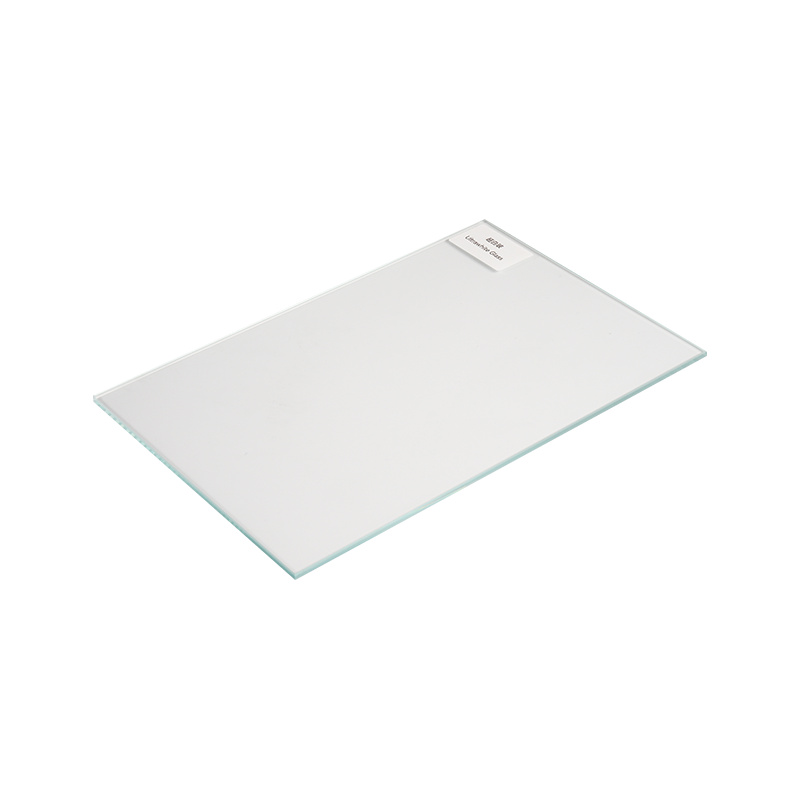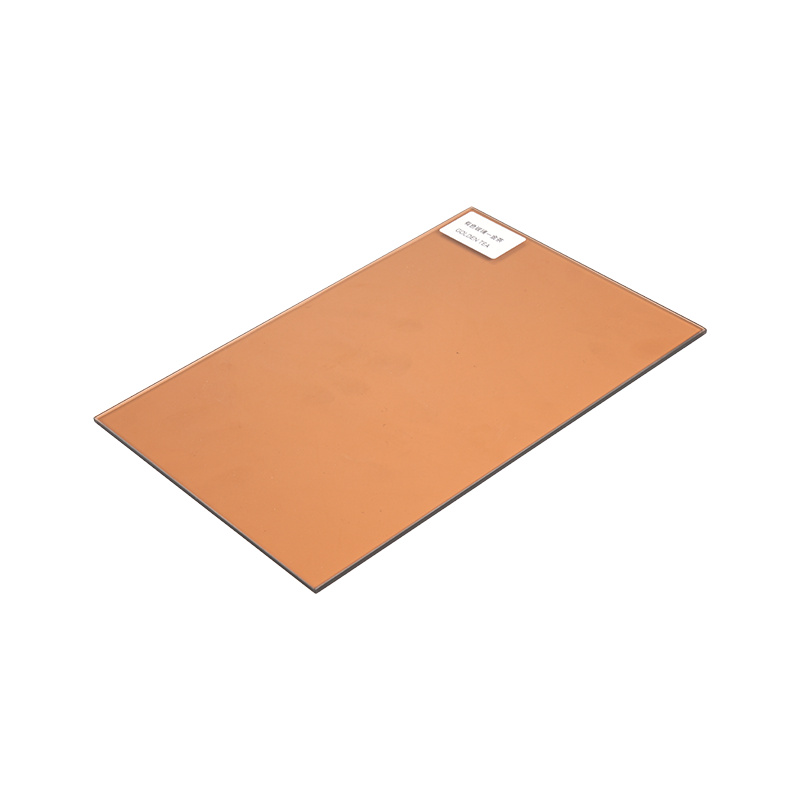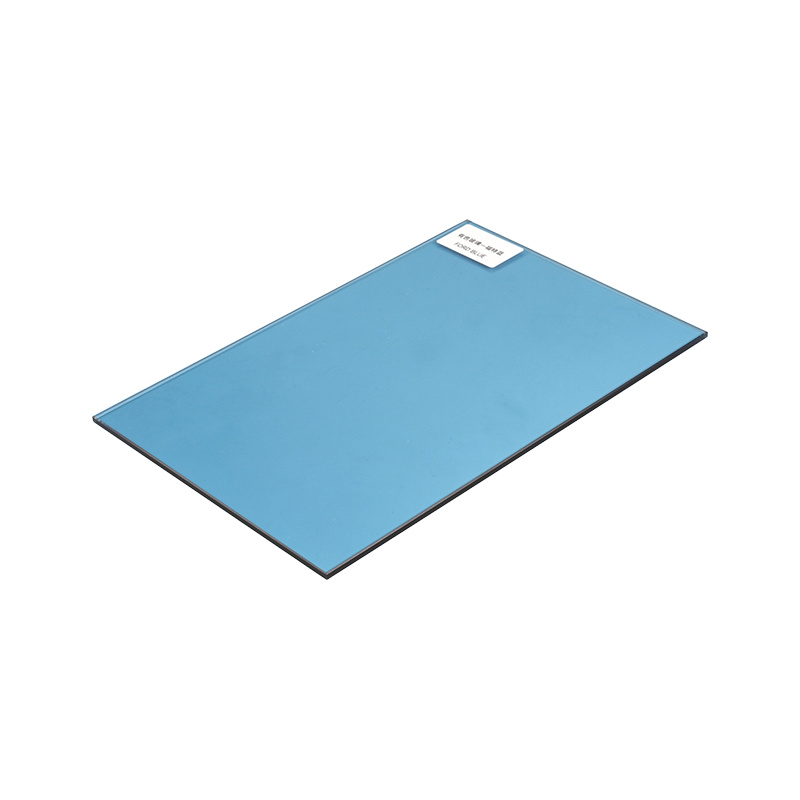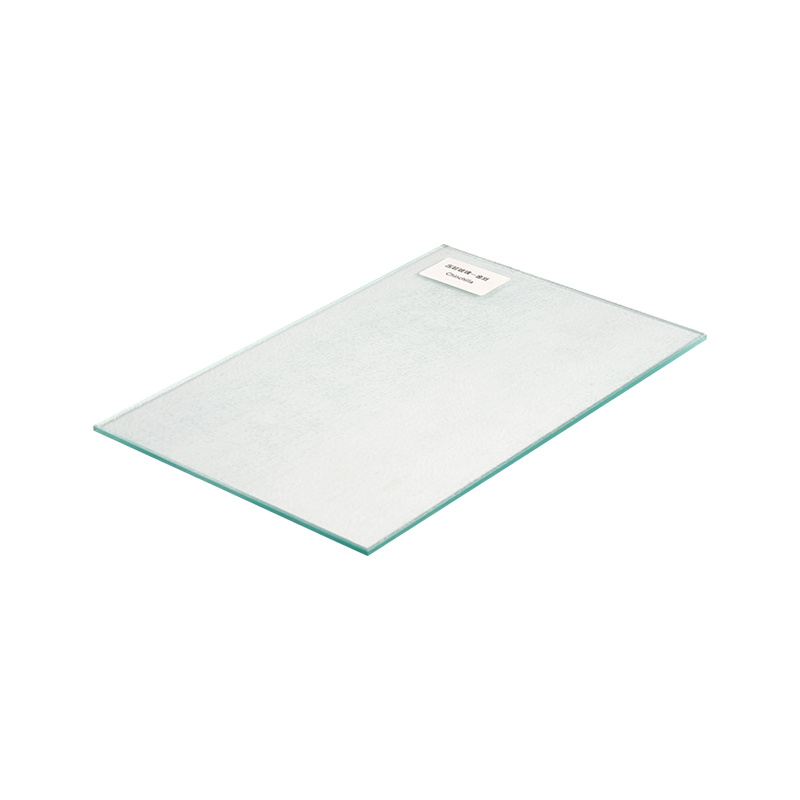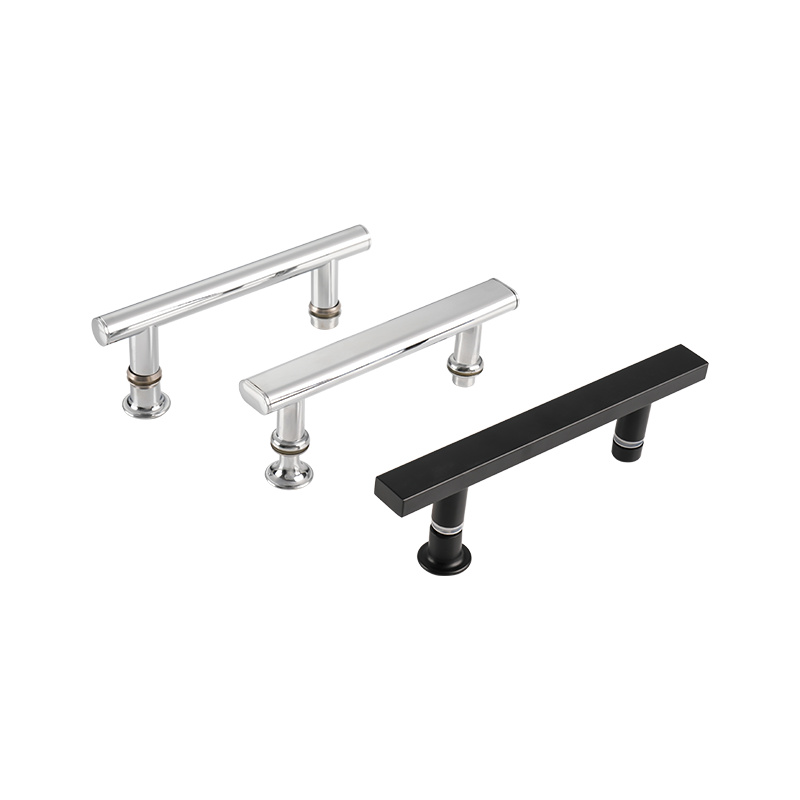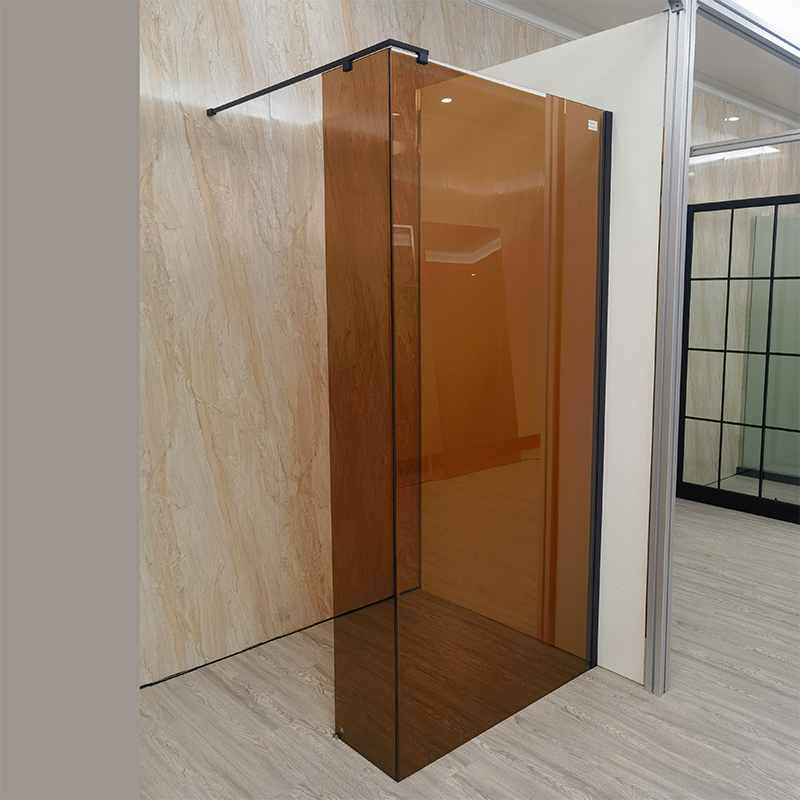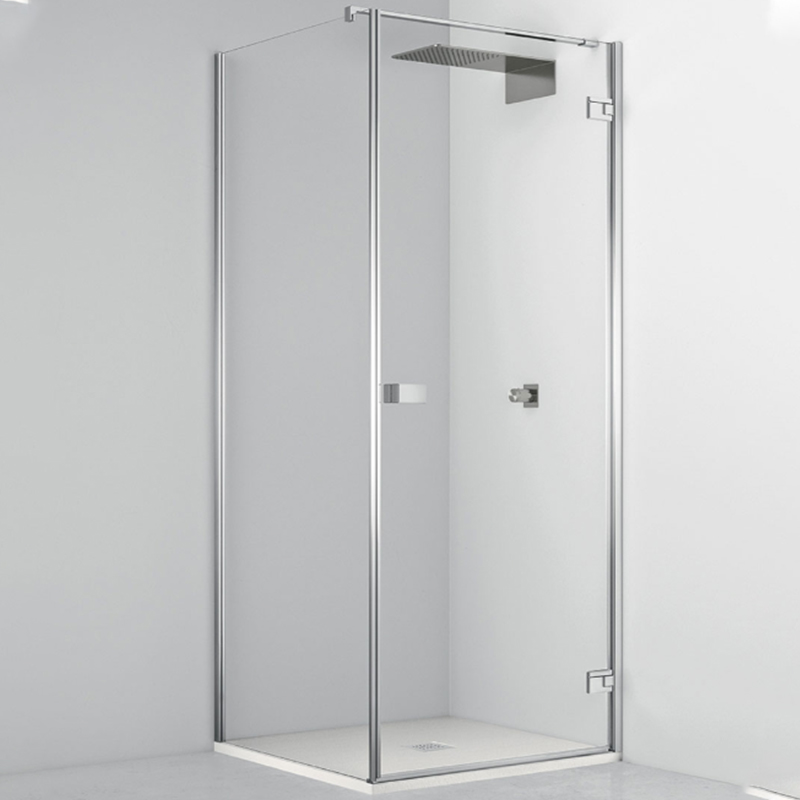In an era where modern architectural design is increasingly pursuing beauty and functionality, the choice of glass materials has become particularly important. Especially in areas with frequent high temperature and strong light environments, people have put forward higher requirements for glass performance - it must be both beautiful and effective in energy saving and environmental protection. Against this background, Low Transmittance Tinted Tempered Glass has gradually become a popular choice in modern architecture and industrial design with its unique visual texture and excellent functional performance.
Low Transmittance Tinted Tempered Glass is a modified glass that achieves color change of the glass body and reduces visible light transmittance by adding specific metal oxide components on the basis of ordinary tempered glass. Its characteristics are the combination of the two major properties of "low transmittance" and "colored", which gives the glass a strong visual impact and the ability to control light. This kind of glass can not only effectively block strong direct sunlight and reduce glare, but also significantly improve the privacy and comfort of the building, becoming one of the preferred materials for commercial buildings, airports, high-end residences, museums and other places.
The tempering process gives this type of glass extremely high strength. Ordinary glass is easy to break when it is hit by external force, while the strength of tempered glass is 4 to 5 times that of ordinary glass. Even if it breaks, it will appear as small particles with blunt angles, which greatly reduces the risk of harm to the human body. Therefore, it not only meets the needs of architectural aesthetics, but also takes safety into consideration.
Low Transmittance Tinted Tempered Glass has excellent energy-saving performance. In an environment with strong solar radiation, it can effectively reduce the penetration of infrared rays, thereby reducing indoor temperature, reducing air conditioning load, and achieving the effect of energy saving and emission reduction. At the same time, its high UV barrier also helps to protect indoor furniture, artworks, etc. from fading and aging caused by long-term exposure to sunlight. Therefore, this kind of glass is no longer a simple visual material, but also an important part of the building energy-saving system.
In terms of design, Low Transmittance Tinted Tempered Glass gives buildings more freedom and inspiration. It has a rich range of colors to choose from, ranging from light gray, dark tea to blue-green and other cold and warm tones. Different colors present completely different visual effects under different lighting conditions, making the appearance of the building more flexible. By combining glass with different materials such as metal and stone, a futuristic facade effect or a low-key and restrained high-end texture can be created. Under the illumination of lights at night, the soft light reflected from the glass surface also adds a touch of warmth and technological atmosphere to the space.
In addition to the field of architecture, this kind of glass also shows a wide range of application prospects in industries such as automobile manufacturing, electronic products, and interior decoration. Especially in terms of automotive glass, low light transmittance can not only improve driving comfort, but also improve the overall aesthetics and safety of the vehicle. In the smart home scene, combining it with dimming technology can also realize the function of automatically adjusting light transmittance according to the environment to create an ideal living space.
Low Transmittance Tinted Tempered Glass is not only the result of material technology innovation, but also the material expression of the concept of harmonious coexistence between man and nature. It uses technology to control sunlight, making the building both transparent and energy-saving; it uses color to render aesthetics, allowing function and form to be perfectly integrated. In the future, as architectural design continues to move towards green, intelligent and aesthetic trends, this kind of glass will undoubtedly play an increasingly important role.



 中文简体
中文简体